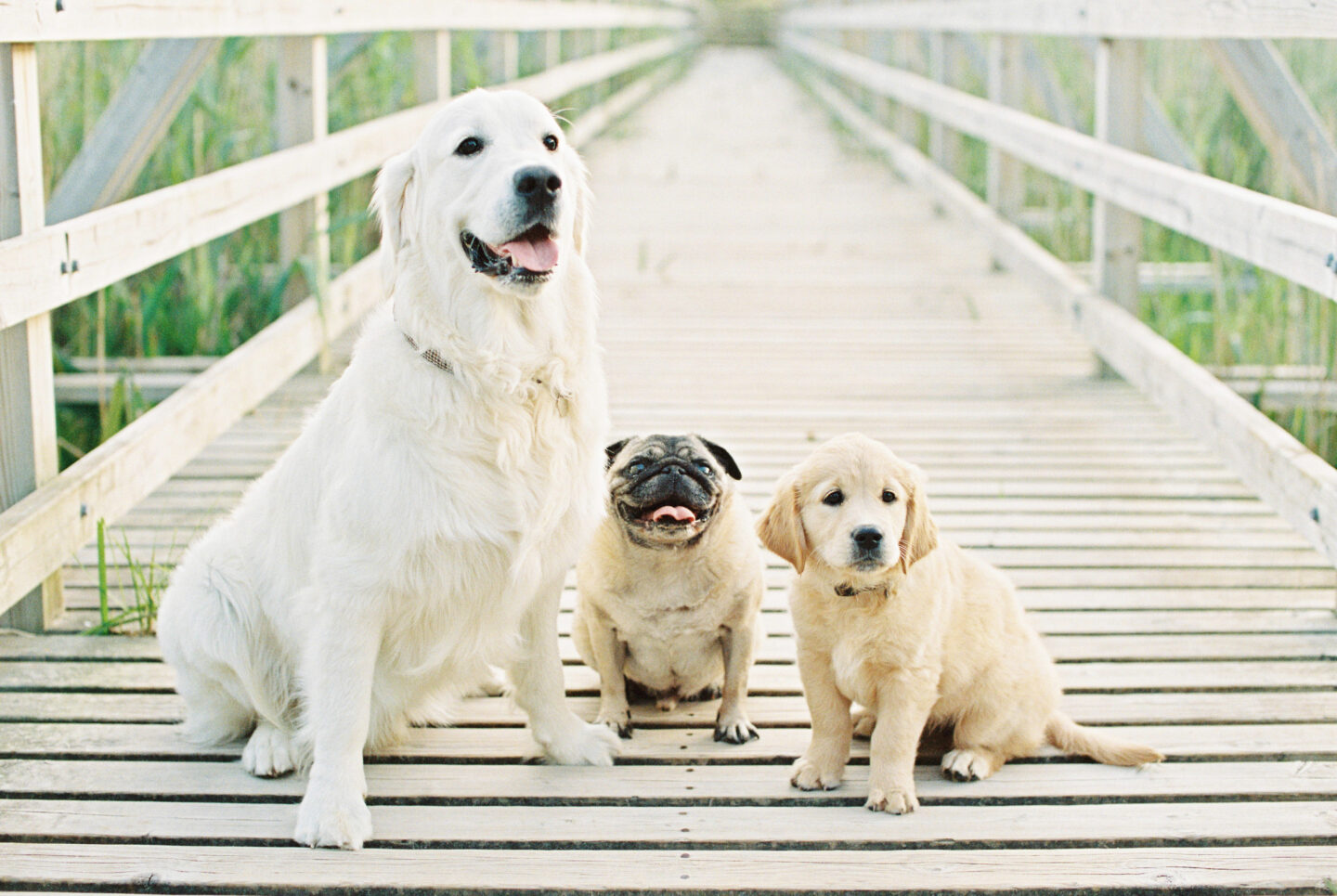The number of households in the UK that have a furry, or otherwise, friend has increased from 35 million in 2022 to 38 million in 2023, a 9% rise. So, whether you’re adopting a dog, a cat or a smaller animal like a rabbit or guinea pig, preparing your home is essential. Here’s how to make sure your space is safe, comfortable and welcoming for your new companion.

Choosing the right space for your new friend
Designate a cosy area for dogs or cats by choosing a space where they can retreat and relax, such as a quiet corner in the living room. Ensure this is away from busy areas so they can rest undisturbed.
Choose well-ventilated, easy-to-clean areas for sleeping and eating. Even well domesticated animals can be messy, so place their feeding and sleeping areas on wipeable surfaces or washable rugs.
If you’re getting rabbits or guinea pigs, ensure you have a dedicated area for their hutch or cage. The RSPCA recommends providing two rabbits with a minimum of 3m x 2m of 1m high floor space, along with regular access to a run for exercise.
Comfort and essentials
Ensuring your animal has the right comfort items and daily necessities will help them feel at home. Dogs and cats might prefer plush beds, while smaller animals need absorbent, soft bedding materials.
Give breed-specific food to dogs or cats, or fresh vegetables and feeding hay for rabbits and small animals. To prevent boredom and encourage healthy activity, have toys that suit your animal’s needs. Puzzle toys for dogs and cats, and chew toys or tunnels for smaller animals, provide mental stimulation.
Making their new home safe
Your furry friend’s safety is a top concern. Secure or hide loose wires as puppies and kittens, in particular, are prone to chewing on electrical cables.

Common household or garden plants, such as lilies, can cause illness, discomfort or worse if eaten, so remove or replace any hazardous plants to ensure a safe indoor and outdoor environment.
If you want to keep areas of your home off-limits, such as kitchens or bedrooms, install gates. This helps establish boundaries and prevents your four-legged friend from wandering into unsafe spaces.
The first few days
Create a calm environment to help your new member of the family adjust smoothly. This gives them time to explore and become comfortable in their new surroundings.
Establish feeding, playtime and sleep schedules from the start. Consistency will help both your new friend and your family members to adjust. If you have children, get them involved by teaching them how to gently handle your new arrival and help with feeding or playtime. This fosters a positive bond between the animal and your family.

Love,

*This is a collaborative post
